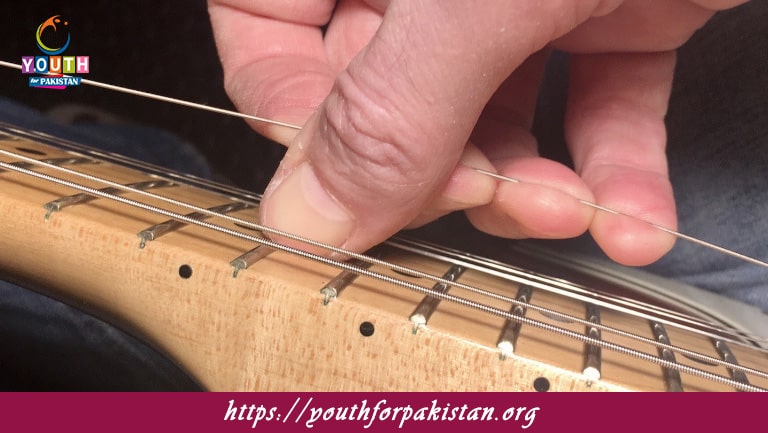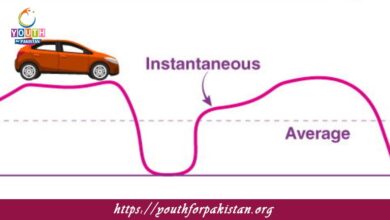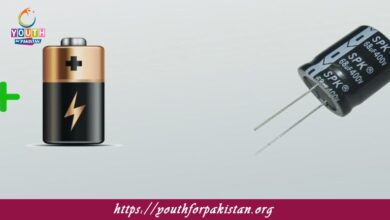Stationary Waves In A Stretched String MDCAT Quiz with Answers

In the case of a Stationary Waves In A Stretched String MDCAT Quiz, stationary waves come about when two waves traveling in opposite directions along the string interfere with one another. The usual cause of these waves is the vibration of the string at one end, resulting in a standing wave pattern that possesses points of maximum displacement (antinodes) and zero displacement (nodes). The concept of how stationary waves are formed in a stretched string is very important for MDCAT students, especially in topics that involve vibration, sound waves, and wave mechanics.
Formation of Stationary Waves in a Stretched String
If a string is stretched and fixed at both ends, the application of a vibrating force sets up waves that travel along the length of the string. When these waves reach the fixed ends, they reflect back, and when the incident wave and the reflected wave meet, they interfere with each other. Depending on the phase relationship between the two waves, either constructive or destructive interference occurs, forming stationary waves.
Nodes: These are points where there is no displacement, as the waves cancel each other out. The displacement is always zero at the nodes.
Antinodes: These are points of maximum displacement, where the waves reinforce each other. The amplitude of the vibration is highest at these points.
Characteristics of Stationary Waves in a Stretched String
Fixed Ends: A stretched string with fixed ends naturally forms stationary waves. The fixed ends act as nodes because the string cannot vibrate freely at those points. Therefore, the ends of the string are always points of zero displacement.
Frequency and Wavelength: The stationary wave pattern on the string depends on the frequency of the wave and the length of the string. The fundamental frequency (first harmonic) corresponds to the simplest standing wave pattern, with one node at each end and one antinode in the middle.
Harmonics: A string can vibrate in many modes or harmonics, each corresponding to a different standing wave pattern. The higher harmonics (second harmonic, third harmonic, etc.) are integer multiples of the fundamental frequency, and they correspond to the formation of additional nodes and antinodes along the string.
MDCAT Quiz: Stationary Waves in a Stretched String
The MDCAT students can be asked various questions related to the formation of stationary waves on a stretched string, determining the frequencies and wavelengths of fundamental and harmonic modes. Students might also be asked to calculate the effect of changes in tension, length, or mass per unit length on the vibration modes of the string.
- Test Name: Stationary Waves In A Stretched String MDCAT Quiz
- Type: Quiz Test
- Total Questions: 30
- Total Marks: 30
- Time: 30 minutes
Note: Answer of the questions will change randomly each time you start the test, once you are finished, click the View Results button.
Free Flashcards for Stationary Waves in a Stretched String
Free flashcards on stationary waves in a stretched string help MDCAT students visualize and memorize key concepts: the formation of nodes and antinodes, the relationship between string length and harmonic frequencies, and the impact of tension on wave frequency. The use of flashcards to practice problems and concepts related to stationary waves helps one understand better the dynamics of vibrating strings and prepare for the MDCAT Quiz.

How does the number of nodes and antinodes change when the frequency of a stretched string increases?

What happens to the frequency of a stationary wave on a string when the tension in the string is increased?

How does the amplitude of vibration vary along the length of a string vibrating in a stationary wave?

What is the relationship between the frequency of the nth harmonic and the fundamental frequency in a stretched string?
Experience the real exam environment with our expertly designed collection of over 25,000 MCQs MDCAT Mock Tests.





